Davenport’s Building Collapse: Failures, Secrets, and Lessons

Improper understanding of original building construction:
- Inadequate construction documents
- Neglect of composite wall
- Inadequate oversight of repairs
- Inherent weakness of west wall
- Inadequate repair techniques
- Inadequate frequency and type of maintenance

Sources: kwqc.com, firerescue1.com, ourquadcities.com
Want to read more like this story?
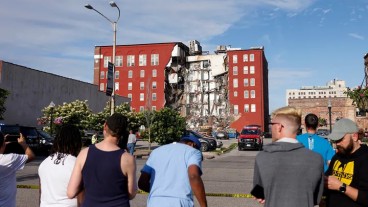
Building collapse in Iowa leaves 5 people still unaccounted for
May, 27, 2023 | NewsA six-story building partially collapsed in Davenport, Iowa, on Sunday, leaving 5 people still unac...

Myanmar’s Earthquake to Bangkok’s Collapse: Anatomy of a Skyscraper Disaster
Mar, 28, 2025 | NewsIn the wake of a powerful 7.7 magnitude earthquake centered nearly 1,000 kilometers away in Myanmar...

Cairo’s Deadly Building Collapse: 8 Dead, Safety in Question
Dec, 10, 2024 | NewsOn December 10, 2024, a six-story apartment building in Cairo’s Waili neighborhood collapsed, claim...

Scaffolding collapse in New York: 1 worker reported dead
Jul, 20, 2020 | NewsOne person was reported dead after a construction platform collapsed in New York City, United States...

Five-story building collapses in Lebanon
Feb, 11, 2024 | NewsA five-story building collapsed in Lebanon, on the morning of Sunday, February 11. Furthermore, th...
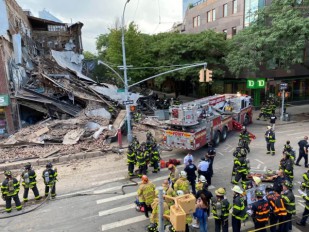
3-story building collapses in Brooklyn, New York
Jul, 07, 2020 | NewsA 3-story building that used to house a gym facility suddenly gave way in Brooklyn. The incident...
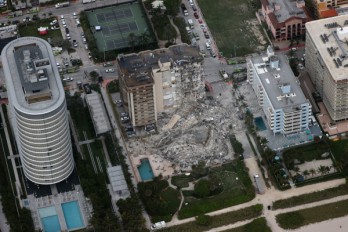
Multistory building collapse in Miami
Jun, 25, 2021 | NewsAt least 1 person has been reported dead after a multistory building collapsed in Surfside, Miami, F...
Cairo, Egypt: Building collapse, at least six fatalities
Jun, 23, 2022 | NewsA five-story building in Egypt’s capital Cairo collapsed in the early hours of Friday killing at le...
271 building collapse recorded in Nigeria the last 10 years
Jan, 20, 2023 | NewsAccording to documents from the Building Collapse Prevention Guild, 271 buildings have collapsed in...
Trending

Vertical gardens in Mexico City to combat pollution
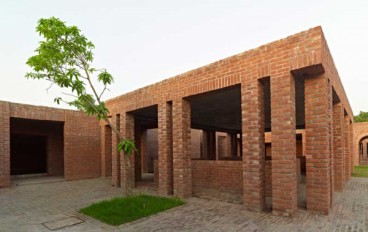
Characteristics of Load Bearing Masonry Construction

Taipei 101’s impressive tuned mass damper

Dutch greenhouses have revolutionized modern farming
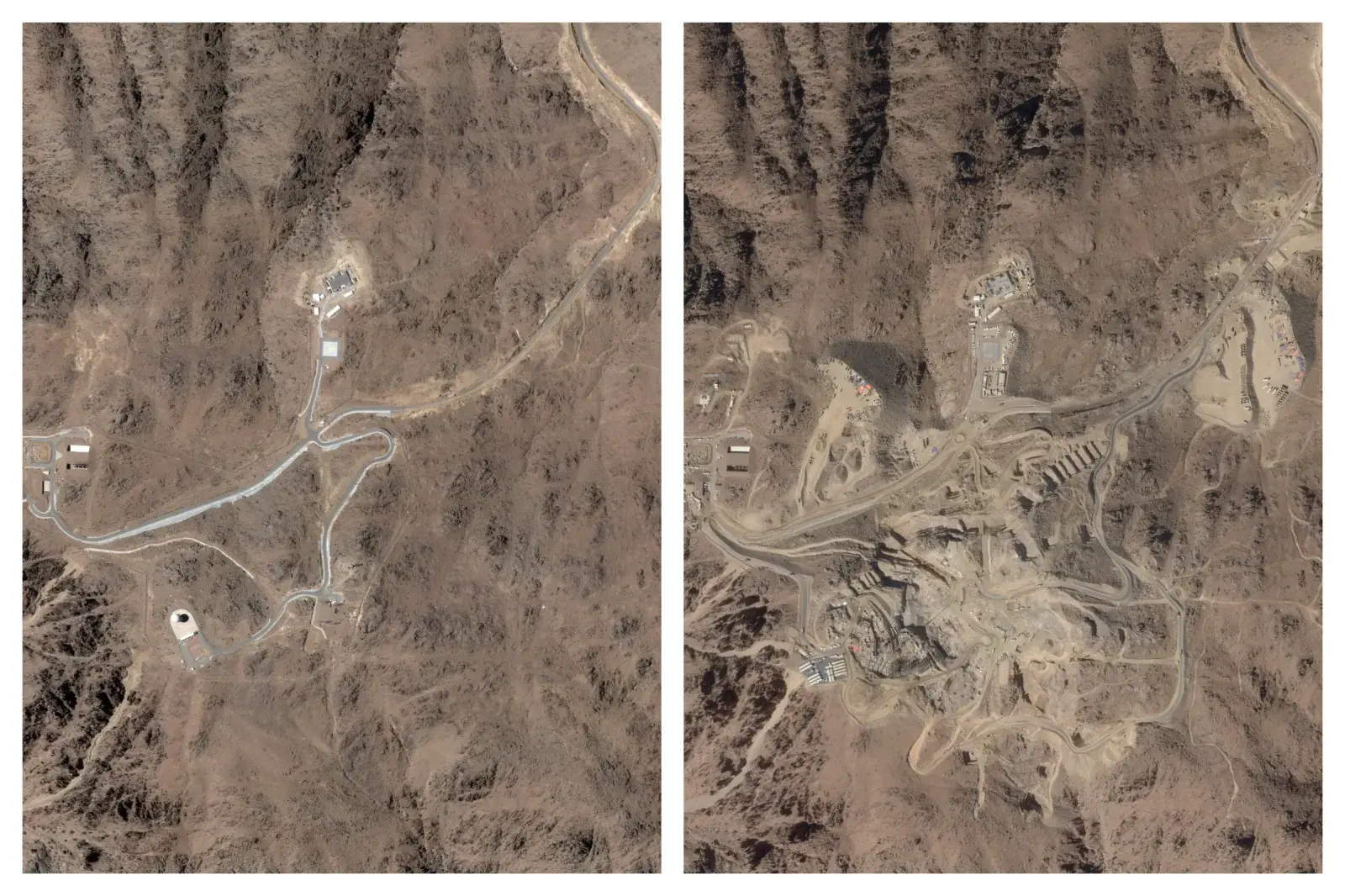
The Line at Neom faces feasibility reassessment while construction continues

The Line at Neom faces feasibility reassessment while construction continues

King Salman Gate unveiled adjacent to Mecca’s Grand Mosque

